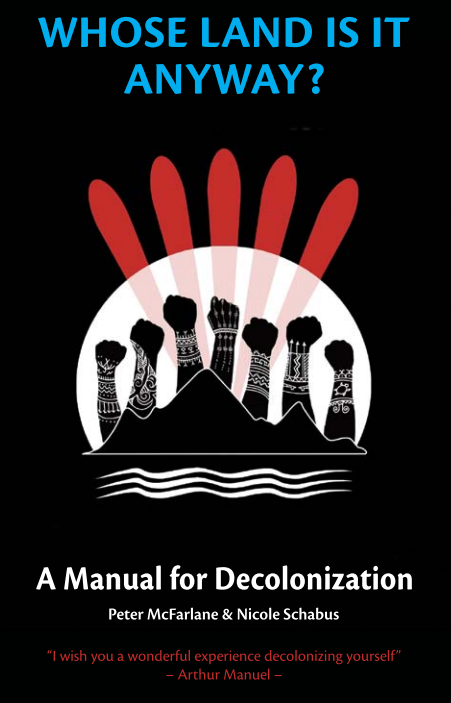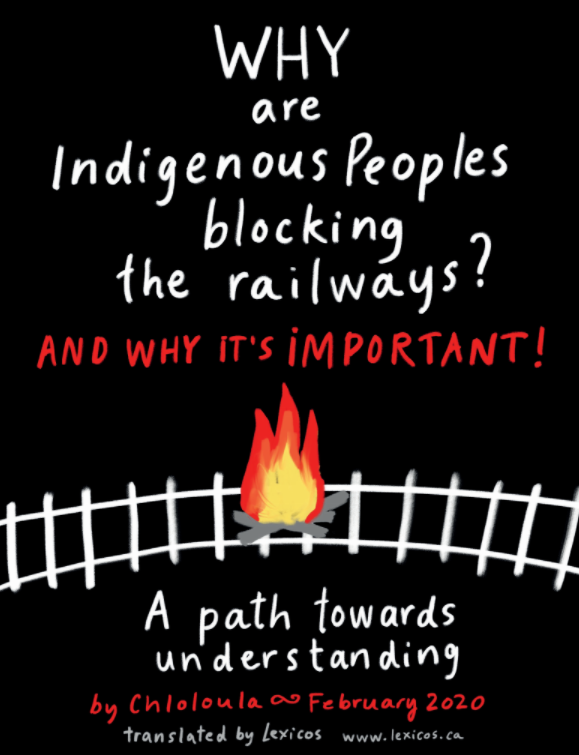Image credit: Isaac Murdoch
To download click HERE
|
|
|
|
|
|
|
|
|
Inquiries can be directed to [email protected]
Proudly powered by Weebly

